
To describe: The various causes of vomiting and vomiting process.
Concept introduction:
Explanation of Solution
Vomiting is a common indicator of digestive or gastrointestinal disorders and also considered as a part of body’s defense to remove noxious substances from the body. It can be taken into account for the diagnosis of disease by determining the characteristics of the vomitus and the vomiting patterns. Vomiting occurs when the chyme (partially digested food with gastric secretions) is forcefully expelled from the stomach or sometimes from the intestine to mouth.
Various causes of vomiting are as follows:
- Expansion (or enlargement) or irritability in the digestive tract stimulates and activates the vomiting center in the medulla and causes vomiting.
- Unpleasant smell or sights or ischemic response stimulate various parts of the brain to activate the vomiting center.
- Motion sickness
- Pain or stress
- Sudden projectile vomiting (without previous nausea or food intake) occurs when the intracranial pressure in the brain increases.
- Sometimes drugs, toxins, and other chemicals stimulate the chemoreceptor trigger zone present in the medulla.
The process of vomiting:
The process of vomiting starts by taking a deep breath. Subsequently, epiglottis is closed and soft palate muscles of the mouth are raised. To reduce the risk of aspiration of vomitus into the lungs, respiration process is ceased for a while. Otherwise, there is a high chance of vomitus to get into the lungs and cause inflammation and obstruction of airways. Gastroesophageal sphincter muscles get relaxed and abdominal muscles are contracted to squeeze the stomach against the diaphragm. This force out the gastric contents upward and out from the mouth. Reverse motion of peristaltic waves of the proximal duodenum and antrum promotes the expulsion of stomach contents. Before the process of complete vomiting, retching may occur. Retching is the process in which the chyme ascends in the esophagus but then falls back into the stomach.
Want to see more full solutions like this?
Chapter 17 Solutions
Pathophysiology For The Health Professions - E- Book
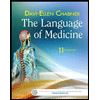 The Language of Medicine, 11eHealth & NutritionISBN:9780323370813Author:Davi-Ellen Chabner BA MATPublisher:Saunders
The Language of Medicine, 11eHealth & NutritionISBN:9780323370813Author:Davi-Ellen Chabner BA MATPublisher:Saunders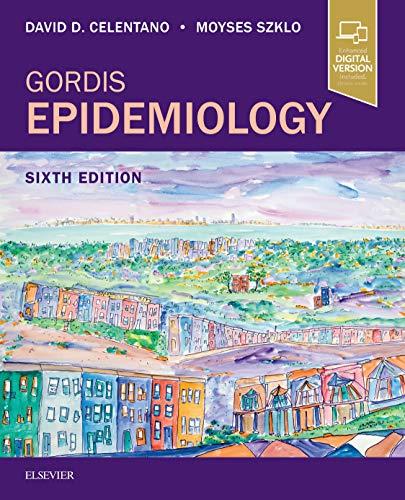 Gordis EpidemiologyHealth & NutritionISBN:9780323552295Author:David D. Celentano, Moyses SzkloPublisher:ELSEVIER
Gordis EpidemiologyHealth & NutritionISBN:9780323552295Author:David D. Celentano, Moyses SzkloPublisher:ELSEVIER Nutrition Through The Life CycleHealth & NutritionISBN:9781337919333Author:Brown, Judith E.Publisher:Cengage Learning,
Nutrition Through The Life CycleHealth & NutritionISBN:9781337919333Author:Brown, Judith E.Publisher:Cengage Learning,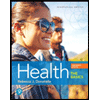 Health: The Basics (13th Edition)Health & NutritionISBN:9780134709680Author:Rebecca J. DonatellePublisher:PEARSON
Health: The Basics (13th Edition)Health & NutritionISBN:9780134709680Author:Rebecca J. DonatellePublisher:PEARSON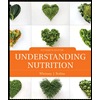 Understanding Nutrition (MindTap Course List)Health & NutritionISBN:9781337392693Author:Eleanor Noss Whitney, Sharon Rady RolfesPublisher:Cengage Learning
Understanding Nutrition (MindTap Course List)Health & NutritionISBN:9781337392693Author:Eleanor Noss Whitney, Sharon Rady RolfesPublisher:Cengage Learning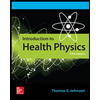 Introduction To Health PhysicsHealth & NutritionISBN:9780071835275Author:Johnson, Thomas E. (thomas Edward), Cember, Herman.Publisher:Mcgraw-hill Education,
Introduction To Health PhysicsHealth & NutritionISBN:9780071835275Author:Johnson, Thomas E. (thomas Edward), Cember, Herman.Publisher:Mcgraw-hill Education,





